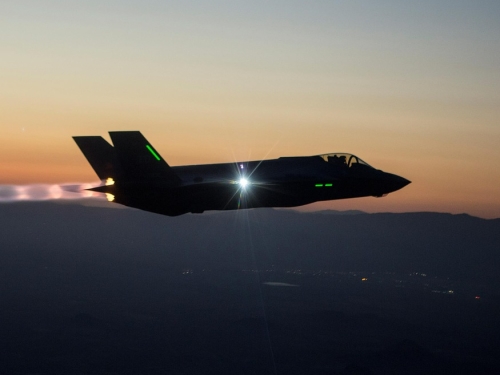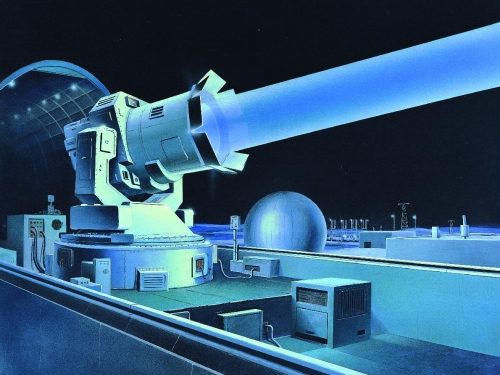
This article was originally published by the East Asia Forum on 26 October, 2015.
There’s one school of thought in Indian academic and policy circles that India represents a completely new model of development on the way to prosperity. India, it’s claimed, will be a services-led growth model, built on the spectacular international success of its IT hub in Bangalore, and its supply of English-literate back office services to the world.
This way of thinking eschews the experiences of Japan, South Korea, Taiwan and indeed China in East Asia that saw prosperity built on investment in competitive manufacturing and skills, and eventually a world-class manufacturing base. No need to try to emulate the Japanese or South Korean industrial powerhouses or Global Factory China in this model: skip all that and go straight to the top of the ladder.




